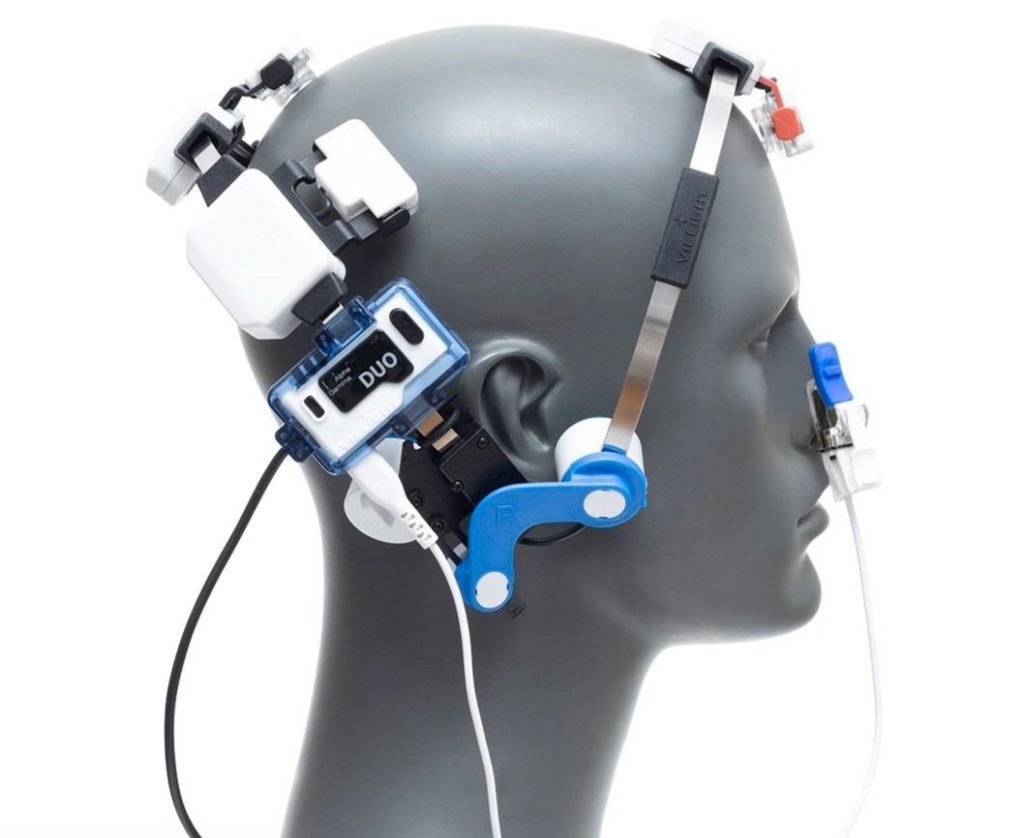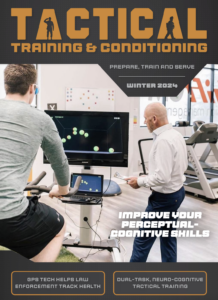Sep 27, 2022 Utah Researchers Study Positive Effects of Infrared Light into Concussed Brains

Whether a former football player, boxer, tactical athlete, soccer player, or any other type of athlete for that matter, the long-lasting symptoms of a concussion or brain injury are real.
Debilitating mood swings, diminished cognitive capability, and sudden irritability are common threads among those who’ve suffered a concussion.
Now, researchers from the University of Utah are studying the effects of infrared light into the brain through the process of transcranial photobiomodulation.

A recent story from The Deseret News spoke with University of Utah researchers and those volunteers who took part in the study to find out how the study was received.
Below is an excerpt from The Deseret News story.
Christian joined 49 other volunteers in the study, mostly former football players, but a variety of others, including soccer players, hockey players, and women who had experienced domestic abuse. The common thread: a history of debilitating mood swings and diminished cognitive capability.
All were put through an MRI and a battery of tests measuring such things as processing speed, impulsivity, cognitive processing, memory and reaction time. Each was sent home with a headset that sends infrared light into the brain through a process called transcranial photobiomodulation. That’s the therapy Carr credits with rescuing him from the living hell he negotiated for decades due to the brain damage he suffered when he was a star linebacker for BYU back in the day.
A living hell Christian recognized well.
This month marked the year mark since the clinical trial began. Christian and the others returned to the neuroscience center at the University of Utah to be tested again.
Without exception, “significant improvement” was measured for the study participants in every category.
No one had to tell Christian he had significantly improved.
He admits he was skeptical a year ago, when he left the testing center and brought home the Star Trek-looking headset he was instructed to use for 20 minutes three times a week.
“I thought I might be able to tell the future or find other aliens in the world,” he says, “what I didn’t know is if I believed it would do anything else.”
But after five weeks, “I felt I’d gone back 20 years,” he says, “the wind was at my back. I could feel parts of me, my brain, again.”
Better yet, as the months progressed, the renewed good feelings did not go away.
A year ago, he took what is called the X test. It’s a simple test where the person being examined is put in front of a laptop and told to hit the space bar as fast as possible every time a letter of the alphabet appears on the screen. With one exception. When it’s the letter X, do not hit the bar.
“You think it’s going to be so easy,” says Christian, “I remember thinking, ‘OK, can we do this and then get to the important tests?’”
But it wasn’t easy. Try as he might, he couldn’t stop himself from hitting the space bar multiple times when the X appeared. “I think I hit it probably 15 times, I failed miserably. I was so upset. And you can see how that test relates to real life because when something happened (in the past) my reaction was not what it should have been, just like hitting that X. I knew the rules were not to hit it, I knew what I was supposed to do, but I did it anyway.”
» ALSO SEE: LaCrosse Looks for Tactical Fitness Program for Firefighters
When he took the test last week, he didn’t hit a single X.
“The X test, I kicked its butt,” he beamed as if he just threw a 50-yard touchdown pass.
More importantly, the temper outbursts, the impulsiveness, the forgetfulness, the anxiety, the despair, have dissipated to a large degree.
To read the full story from The Deseret News, click here.



